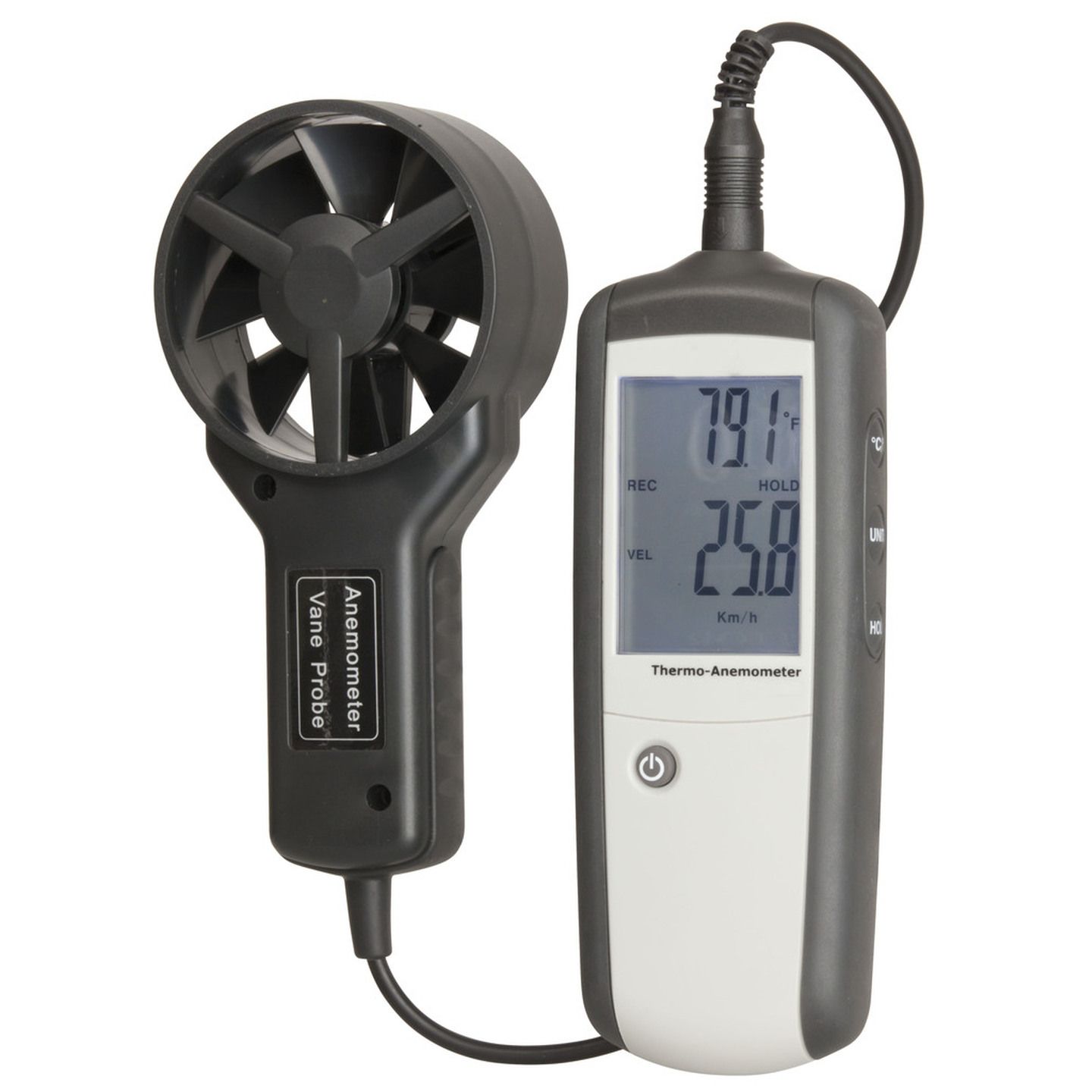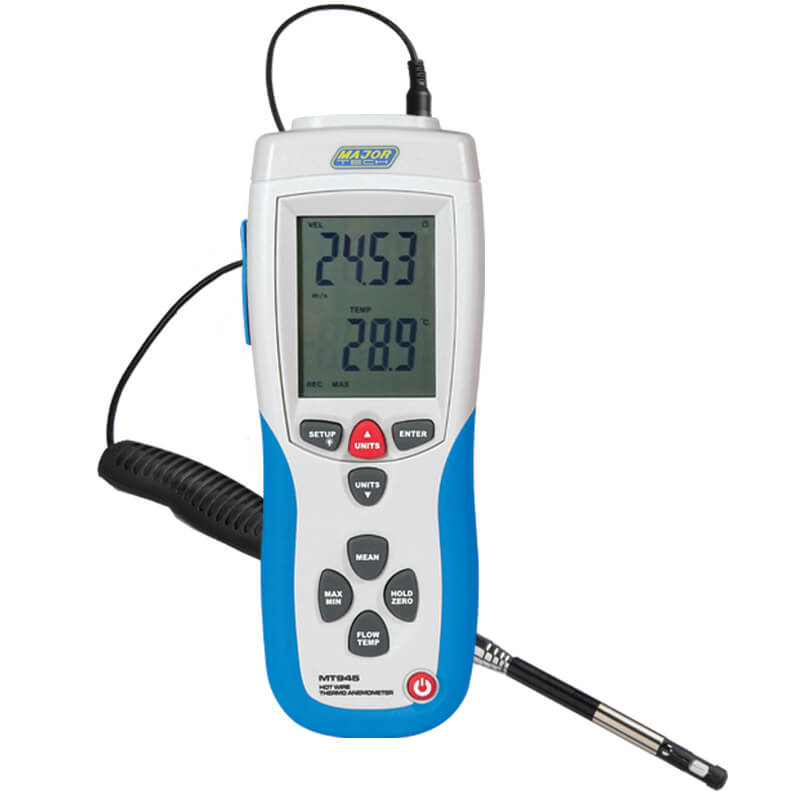Anemometers Introduced: Recognizing Their Value in Environmental Monitoring and Safety Procedures
The duty of anemometers in ecological surveillance and security steps is often ignored, yet their relevance is obvious. From weather forecasting to aviation safety, anemometers play a crucial function in offering precise information that notifies decision-making processes and boosts general safety and security.
Background of Anemometers
The advancement of anemometers can be mapped back to the old people where simple wind determining devices were initial utilized. One of the earliest well-known anemometers was the hemispherical cup anemometer invented by Leon Battista Alberti in the 15th century.
Over the years, developments in innovation led to the growth of even more contemporary anemometers, including ultrasonic anemometers and laser Doppler anemometers, offering increased precision and efficiency in measuring wind speed and direction. The history of anemometers showcases a remarkable trip of development and progression in the area of meteorology.
Kinds Of Anemometers
Throughout the field of meteorology, different sorts of anemometers have actually been created to precisely measure wind speed and direction. The most typical type is the cup anemometer, which is composed of 3 or four cups mounted on horizontal arms that rotate with the wind. As the mugs spin, the rate at which they revolve is directly symmetrical to the wind speed. One more commonly used kind is the vane anemometer, which features a tail or fin that aligns itself with the wind instructions. This positioning enables the gadget to figure out the wind instructions. Sonic anemometers utilize ultrasonic signals to determine wind speed and direction accurately. They are generally utilized in research applications as a result of their high accuracy. Hot-wire anemometers run based on the principle that the cooling effect of wind on a heated wire is symmetrical to the wind rate. These anemometers are suitable for measuring reduced wind rates with high precision. Each kind of anemometer has its staminas and is selected based upon the specific requirements of the surveillance task at hand.
Applications in Weather Forecasting
Having actually gone over the different kinds of anemometers utilized in weather forecasting for gauging wind speed and instructions, it is vital to explore their functional applications in the area. Anemometers play a vital function in weather forecasting by giving precise and real-time data on wind conditions (anemometer). Meteorologists utilize anemometers to keep track of wind speed and instructions to anticipate weather patterns, problem warnings for severe weather occasions like tornados, twisters, and hurricanes, and analyze weather for aviation safety
In meteorology, anemometers assist in recognizing local and regional wind patterns, which are crucial for forecasting climate adjustments and figuring out climatic fads. These devices are additionally used in research study to examine microclimates, metropolitan heat islands, and air pollution dispersion. In addition, anemometers are used in agriculture to optimize crop monitoring next page methods, such as irrigation and pesticide application, based upon wind problems.
Relevance in Aeronautics Safety And Security
An integral facet of making sure aeronautics safety depends on the meticulous surveillance of wind conditions using anemometers. Anemometers play an essential function in air travel by supplying real-time data on wind speed and instructions, helping pilots in making educated decisions during liftoff, flight, and touchdown. Solid and unpredictable winds can considerably affect aircraft operations, making it important for aeronautics authorities to depend on accurate wind measurements to make sure the security of guests and crew.

In the dynamic setting of aeronautics, where also small modifications in wind speed and instructions can have profound effects, anemometers stand as essential tools for advertising safe and secure air travel.
Function in Environmental Study
Anemometers play a crucial duty in environmental research study by providing vital information on wind rate and direction. By precisely measuring wind characteristics, anemometers assist scientists evaluate the movement of pollutants in the air, assess the influence of industrial exhausts, and anticipate the spread of pollutants in the atmosphere.


Verdict
To conclude, anemometers have actually played a vital duty in environmental tracking and precaution. With a rich history and various types available, these gadgets have been widely utilized in meteorology, aeronautics security, and ecological study. Comprehending the value of anemometers is necessary for precisely gauging wind speed and instructions, which is essential for forecasting weather patterns, guaranteeing safe aviation procedures, and performing environmental studies - anemometer. Their contributions to these fields can not be underestimated.
One of the earliest known anemometers was the hemispherical cup anemometer created by Leon Battista Alberti in the 15th century. Over the years, improvements in technology led to the advancement of even more contemporary anemometers, consisting of ultrasonic anemometers and laser Doppler anemometers, using increased accuracy and performance in determining wind rate and instructions. Hot-wire anemometers operate based on the principle that the cooling result of wind on a warmed wire is proportional to the wind rate. Meteorologists utilize anemometers to keep More Bonuses track of wind speed and direction to forecast climate patterns, issue warnings for extreme climate occasions like storms, hurricanes, and hurricanes, and assess atmospheric problems for aviation safety and security.
Understanding the value of anemometers is important for precisely determining wind rate and direction, which is important for predicting weather patterns, guaranteeing risk-free air travel procedures, and performing ecological studies. (anemometer)